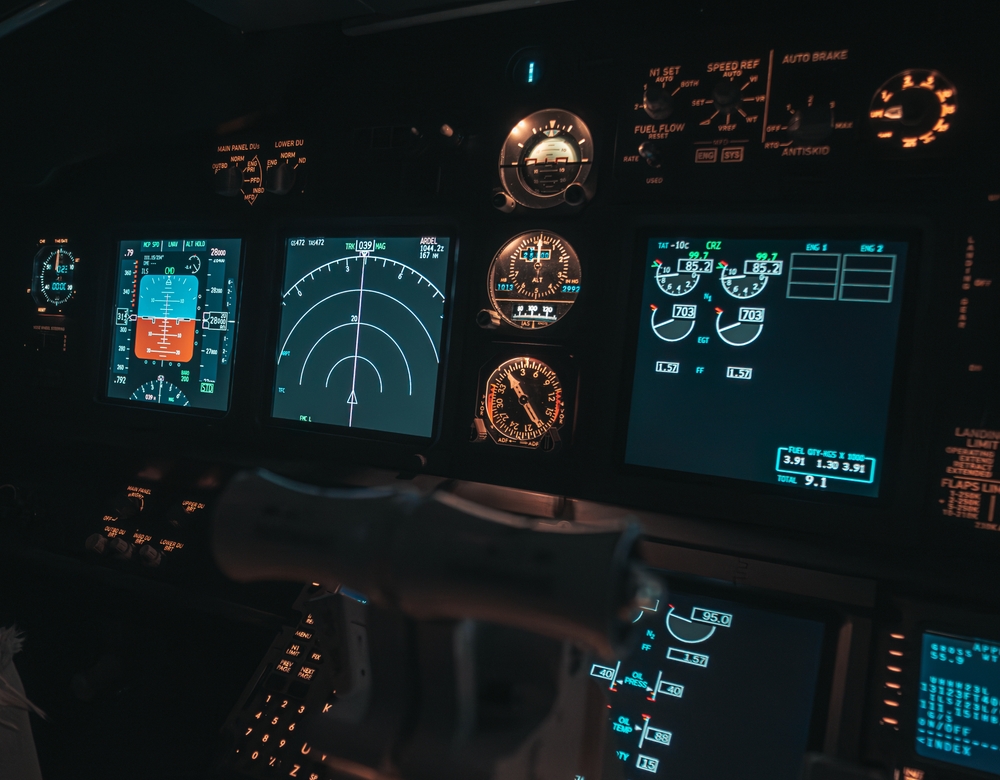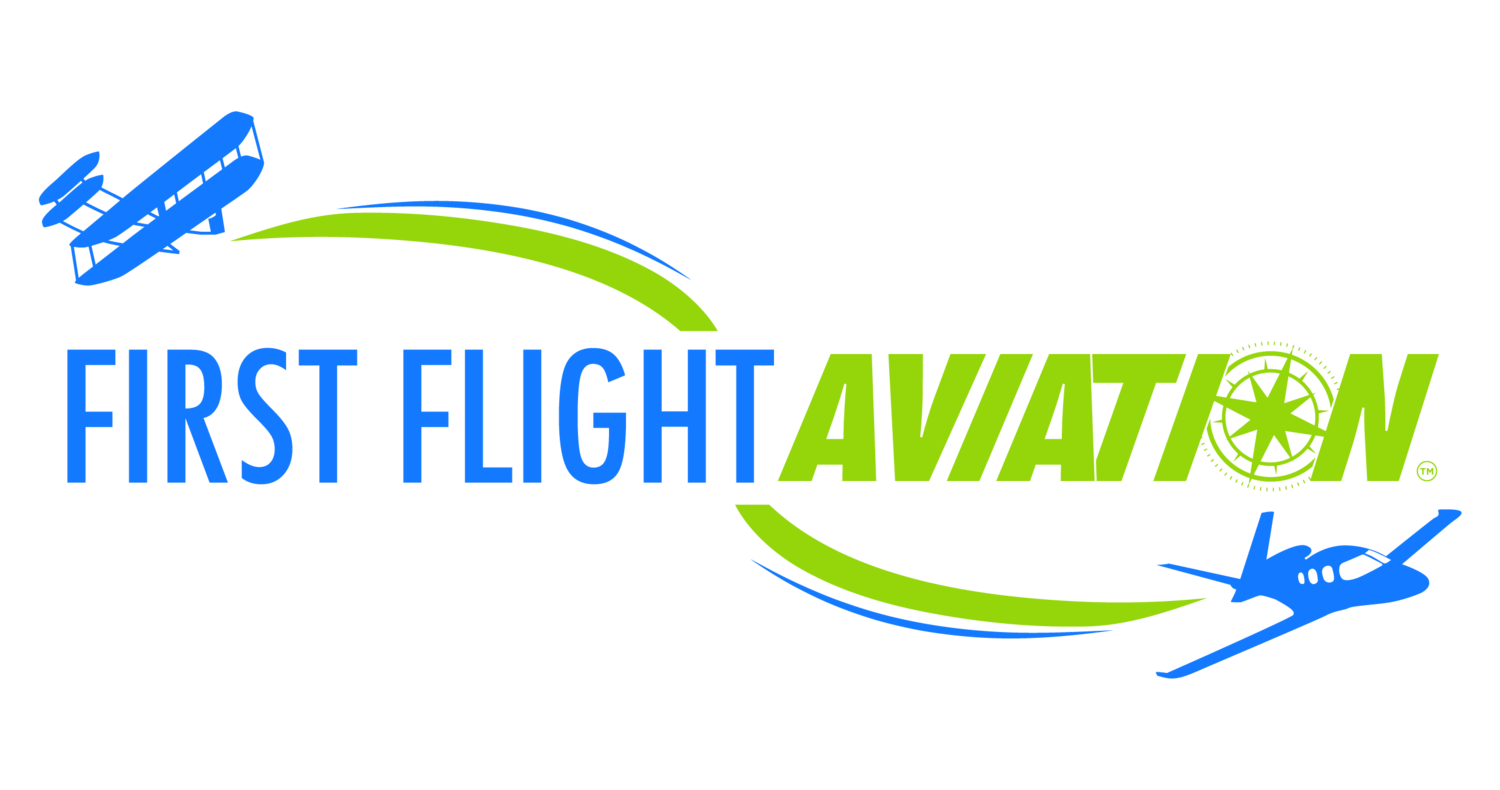
Avionics has transformed from a niche field into a core competency driving the modern aircraft maintenance industry. One of the most significant shifts has occurred within Part 145 repair stations, where avionics specialization has grown from being a convenient service add-on to a critical pillar of operational success. The Federal Aviation Administration’s (FAA) Part 145 repair station framework provides the structure for maintenance, preventive maintenance, alterations, and inspections. In recent years, however, a growing number of these stations have recognized that avionics expertise is not merely an ancillary function but a central requirement in an era of advanced digital aircraft systems. This evolution has led to a renaissance in avionics specialization, reshaping capabilities, staffing, technology investments, and business strategies throughout the industry.
The Evolution of Avionics in Modern Aircraft
Over the past three decades, avionics systems have experienced a dramatic transformation. What were once electromechanical instruments with limited functionality have evolved into sophisticated digital architectures incorporating flight management systems, satellite communications, automatic dependent surveillance–broadcast (ADS-B), and integrated glass cockpits. This progression has fundamentally altered the demands placed on Part 145 repair stations. In the past, many stations primarily focused on airframe and powerplant repairs, viewing avionics as a supporting element. Today, however, avionics systems are so integral to aircraft operations that even minor malfunctions can have profound consequences for flight safety and operational efficiency.
This evolution has led repair stations to reconsider their priorities. Aircraft operators now expect their maintenance partners to possess deep and current avionics capabilities, ranging from advanced troubleshooting of software-driven navigation systems to the calibration of high-precision communication and data interfaces. As a result, avionics no longer sits on the periphery but stands at the center of maintenance strategy. The complexities of these systems demand constant training, up-to-date diagnostic equipment, and a proactive understanding of evolving regulatory mandates, such as emerging cybersecurity protocols and data integrity requirements. Part 145 stations that fail to invest in avionics specialization risk losing relevance as aircraft continue to become more technologically advanced.
The Regulatory Push and Compliance Landscape
Regulatory shifts have further fueled the rise of avionics specialization within Part 145 repair stations. The FAA and other aviation authorities have placed increasing emphasis on avionics systems as a cornerstone of airworthiness and safety oversight. Programs like ADS-B Out, which required sweeping upgrades to transponders and positional reporting, pushed thousands of aircraft owners toward avionics modernization. Repair stations capable of handling these upgrades quickly positioned themselves as critical partners for compliance.
Beyond mandatory equipment upgrades, the regulatory landscape has grown more intricate with respect to cybersecurity in avionics systems. As commercial and general aviation aircraft rely on more connected technologies, regulators are addressing vulnerabilities that could jeopardize flight safety or compromise data. This environment has pushed Part 145 stations to develop specialized competencies around secure avionics configurations, software patch management, and even intrusion detection for airborne networks. Meeting these expectations is no longer optional: compliance failures can result in certificate suspensions, legal exposure, and damage to a repair station’s reputation. Hence, avionics specialization is not just a market trend but an operational imperative rooted in safety, compliance, and customer trust.
In parallel, global harmonization efforts — such as those driven by the European Union Aviation Safety Agency (EASA) — have created transatlantic regulatory frameworks that challenge repair stations to meet higher and more uniform avionics standards. This has encouraged investment in cross-border training, standardized tooling, and the development of global supplier partnerships. Repair stations specializing in avionics are leveraging these frameworks to position themselves as international service providers, strengthening their competitiveness on a global scale.
Workforce Development and Training Challenges
The growth of avionics specialization in Part 145 repair stations has created substantial workforce challenges. Traditional maintenance technicians trained on airframe and powerplant systems often lack the skills necessary to diagnose and repair complex avionics equipment. As a result, repair stations have had to rethink their workforce development strategies, investing in specialized avionics training programs, partnerships with trade schools, and in-house apprenticeships.
The skills gap is compounded by the pace of technological innovation. New generations of avionics equipment emerge at a rapid cadence, requiring continuous education and certifications that go far beyond what a standard airframe & powerplant (A&P) license provides. Many repair stations now sponsor advanced avionics certifications for their technicians, including factory-authorized training on original equipment manufacturer (OEM) platforms and rigorous courses in systems integration, software troubleshooting, and network security.
Moreover, as aircraft electronics move toward even higher degrees of integration with flight control systems, repair stations must develop multidisciplinary training programs. Technicians are increasingly expected to understand data networks, software configurations, and sensor fusion architectures, alongside their traditional electrical and mechanical skills. This represents a paradigm shift in aviation maintenance education, transforming the role of the technician into something closer to an avionics engineer. Part 145 stations that proactively embrace this training challenge are well-positioned to serve a rapidly growing customer base of technologically sophisticated aircraft operators.
Business Strategy and Competitive Differentiation
As avionics specialization has become a core offering, Part 145 repair stations have reimagined their business models around it. In many cases, avionics services are no longer an afterthought or an optional revenue stream — they are a defining differentiator. Stations that invest in avionics infrastructure can attract higher-value clients, win more complex modification projects, and deliver end-to-end solutions that traditional airframe-focused shops cannot match.
This shift has also changed how repair stations market themselves. Rather than presenting avionics as an add-on, many now lead with their avionics capabilities, showcasing advanced test benches, engineering support, and rapid parts availability as strategic selling points. These capabilities allow them to handle everything from legacy retrofits to next-generation avionics integrations with minimal aircraft downtime. In addition, customers increasingly expect a one-stop solution where airframe, powerplant, and avionics needs can be handled by a single provider. Part 145 stations that can deliver that seamless experience are poised to win significant market share.
Furthermore, avionics specialization is driving partnerships with OEMs and technology providers, strengthening repair stations’ access to proprietary tools, software updates, and technical documentation. These alliances provide a competitive advantage while building trust with both regulators and operators. Repair stations are increasingly developing dedicated avionics engineering teams capable of collaborating directly with aircraft manufacturers on installation standards and system certifications, further enhancing their technical credibility. As a result, avionics specialization has evolved from a secondary service into a fundamental pillar of a repair station’s long-term business strategy.
The Future of Avionics Specialization in Part 145
Looking ahead, avionics specialization within Part 145 repair stations is poised to grow even more critical. Several industry trends point toward deeper and more complex avionics integration in the coming years. For example, the continued evolution of advanced air mobility — including electric vertical takeoff and landing (eVTOL) aircraft — will demand a new generation of avionics systems with sophisticated flight automation, sense-and-avoid capabilities, and secure data communications. Repair stations that can prepare for these platforms today will have a powerful competitive edge when these aircraft enter broader commercial operation.
Similarly, cybersecurity will remain a defining issue. As more aircraft become connected to ground networks for predictive maintenance, flight analytics, and air traffic management, avionics systems will be prime targets for cyber threats. Repair stations must invest not only in secure equipment handling but also in robust cybersecurity training, protocols, and auditing practices. This investment will position them as trusted partners in a highly interconnected aviation ecosystem.
Artificial intelligence is also beginning to shape the avionics landscape, with predictive diagnostics, adaptive flight controls, and intelligent data processing becoming embedded in modern avionics suites. Repair stations will need to develop new skills in working with AI-enabled systems, including maintaining, calibrating, and verifying their safety-critical functions. As these technologies move from research to operational deployment, the repair stations with a proactive, forward-looking avionics capability will be best prepared to serve tomorrow’s aviation industry.
Conclusion
The rise of avionics specialization in Part 145 repair stations represents far more than a shift in technical focus — it is a strategic transformation of the maintenance landscape. Repair stations that embrace this opportunity are not merely adapting to new challenges but actively shaping the future of safe, reliable, and innovative aircraft maintenance. As aviation technology accelerates, avionics will increasingly stand at the heart of every successful repair station’s mission, connecting safety, compliance, and business growth in a tightly integrated, future-focused vision.
Need a Fixed-Base Operator in Dayton, OH?
At First Flight Aviation, we understand that avionics isn’t just a side service — it’s the heart of modern aircraft maintenance and compliance. As an FAA-certified Part 145 repair station with decades of experience, we’ve invested in the skills, technology, and partnerships to deliver industry-leading avionics services that keep your aircraft performing at its best. Whether you need advanced diagnostics, software updates, secure configurations, or future-ready solutions, our team is ready to support your mission with confidence and precision. Reach out to us today to discover how our avionics expertise can help you stay ahead of tomorrow’s aviation challenges!
